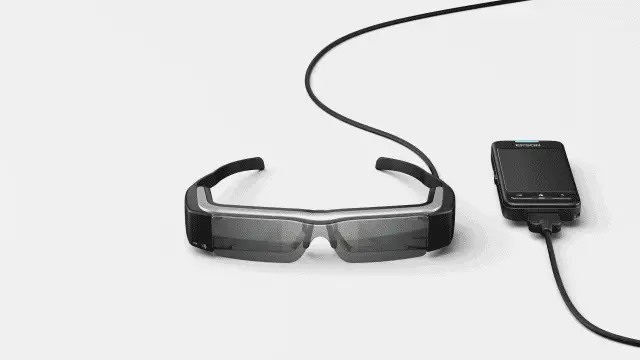
Normally, when you hear about the company Epson, you think about printers. For over a decade, the Epson name has been synonymous with printers. It still is, but at CES 2015, Epson showcased wearables, a VR headset and more.
Let’s take a look at what Epson has to offer users in wearables and VR at their CES press conference.
Epson Press Conference Recap
To call Epson’s event a press conference is doing it an injustice. Epson was one of our a handful of companies to demo devices at their event before the show floor opened up. This gave me a chance to try on a number of devices.
Epson Moverio
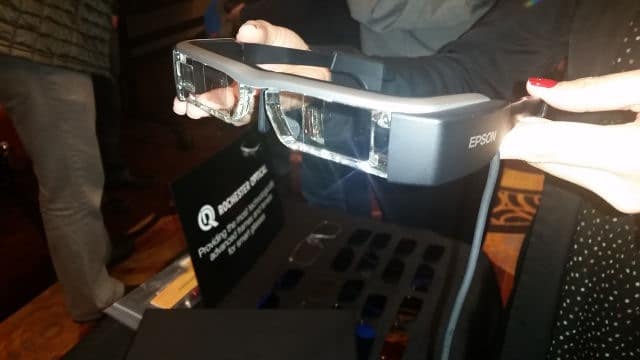
While only available as a developer version – for now – the Epson Moverio BT-200 is its take on how smart glasses work.
I was lucky enough to get to tinker around with the Moverio in various situations with several developers. The Moverio is the closest I’ve seen smart glasses come to looking like the sleek design of Google Glass. They’re relatively lightweight and don’t feel as clumsy as Glass does (at least for me.) They are a full body set of lenses, like a true VR device needs to function properly.
Some of the other highlights of the Epson Moverio include:
- Front-facing camera
- Motion tracking
- 2x the virtual screen size compared to competitors
- Works with a majority of Android apps
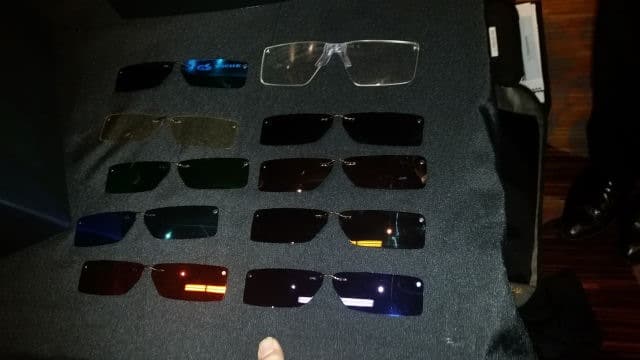
One of the most impressive things about the Moverio is the wide range of lenses, both prescription and fashion, that you can interchange in and out. I spoke to one of the manufacturers of these lenses from Rochester Optical and the first question I asked was about prescription lenses, because I’m your typical four-eyed nerd at CES.
Immediately, he highlighted the different types of lenses, not just prescription, that could be used with the Moverio, including ones specific to construction workers and airline pilots.
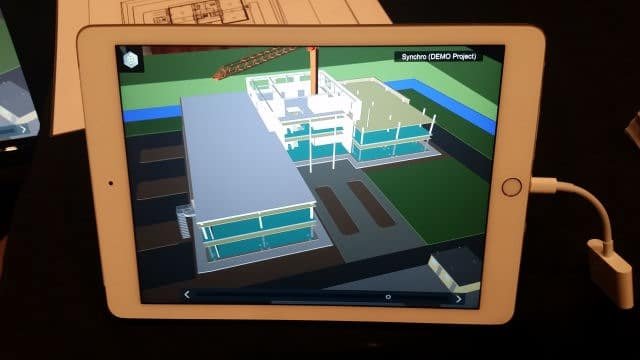
I was also able to test out the practical use of Moverio, specifically geared towards construction workers, electricians and anyone who’s in the building industry. With the help of a handy dandy QR code on a t-shirt, with Moverio on, I was able to see through the t-shirt and view a projected building.
The concept behind this technology is to help construction workers see through walls to identify what’s in them and beyond them. This can help ensure safety, efficiency and make sure there’s no bodies hanging around where there shouldn’t be.
The Epson Moverio BT-200 currently retails at $699 compared to $1500 for Google Glass’ Developer Edition.
Epson M-Tracer and Partnership with Athletes
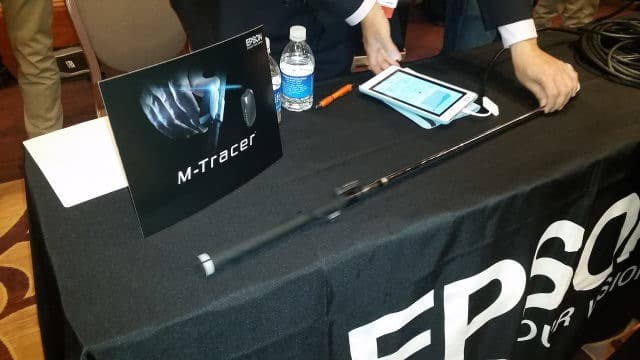
Epson showcased a few wearables and M-Tracer technology that allows athletes, at any level, to analyze and track data to make them better at what they do. The M-Tracer in particular can attach to any golf club and track data when you swing. This can be beneficial to help an athlete adjust their swing, especially on the course.
I didn’t get a chance to test this technology out – after all, I didn’t want to embarrass anyone else with how bad my golf swing is – but I watched several people take swings, which was interesting to see in real-time how the data was processed by the accompanying app.
Epson has partnered with several professional athletes and trainers to help design, implement and integrate the technology behind M-Tracer and its smart watches. This input has helped them create wearables that offer real-time results, specific analytics and truly help consumers, or professional athletes, turn that into actionable data.
Epson Pulsense and Runsense
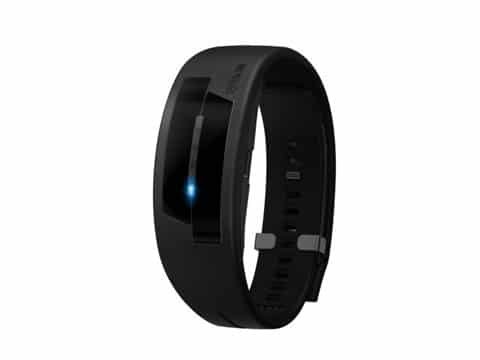
Epson’s two smart watches, the Pulsense and Runsense, are beautiful to look at, if not a little bulkier than we’re used to seeing in this arena. The Pulsense monitors heart rate, sleep and exercise intensity, together focusing on heart rate zone training while the Runsense focuses on runners. The Runsense focuses on GPS tracking and utilization of Epson’s Smart Stride Sensor technology to not only master running technique but also measure the distance.
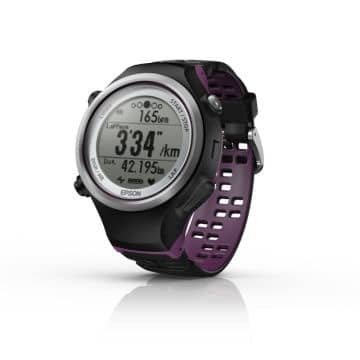
When looking at the Pulsense and Runsense, these didn’t feel as if they were ready for the average consumer market in wearables. They looked geared toward those who’ve made lifestyle choices and are looking to make even better ones in the future or professional athletes. It’ll be interesting to see if Epson takes it down a notch and introduces something a little more relatable in this area to consumers.
Conclusion
Moverio excited me. I can’t lie. There’s still ways to go to make it truly immersive and accessible for the everyday consumer but at the price coupled with the functionality, in ways it’s already light years ahead of the stalled Google Glass. Epson may not have been known for wearables and VR technology before, but they will be going into the future.







